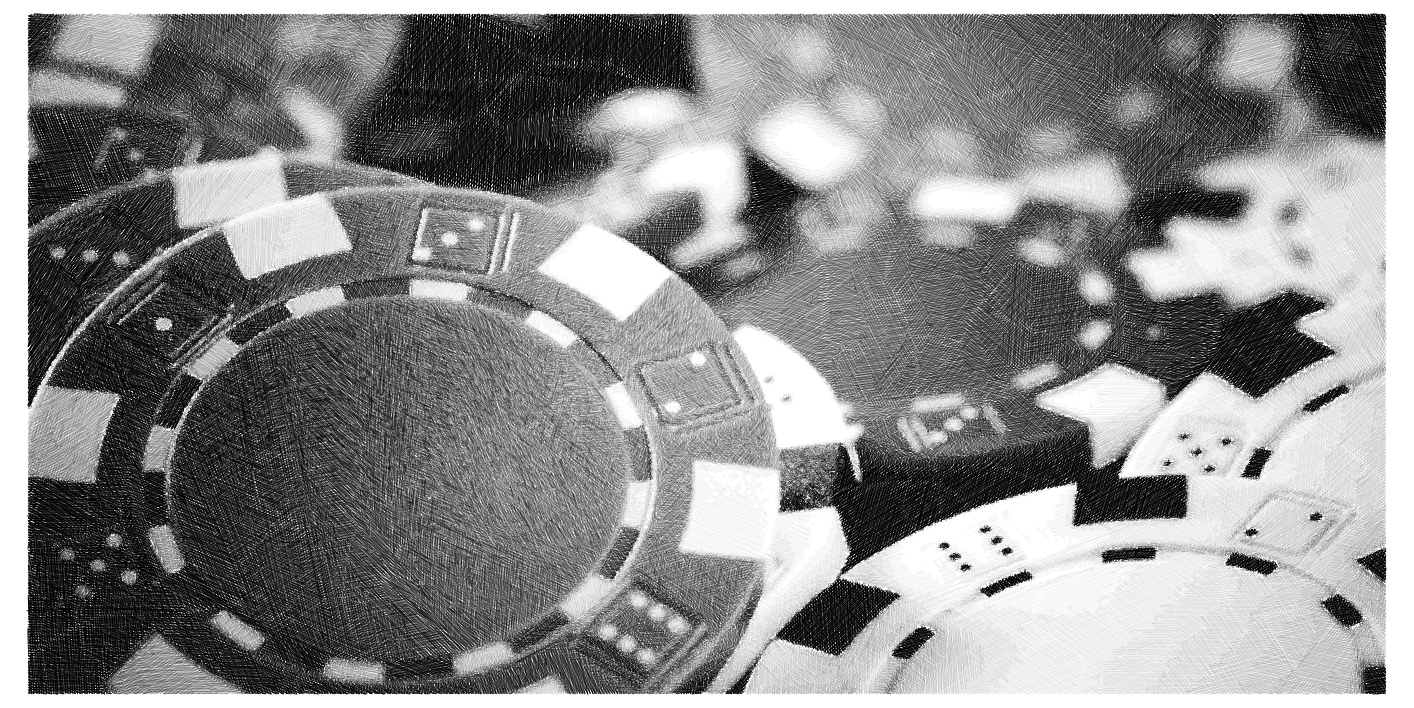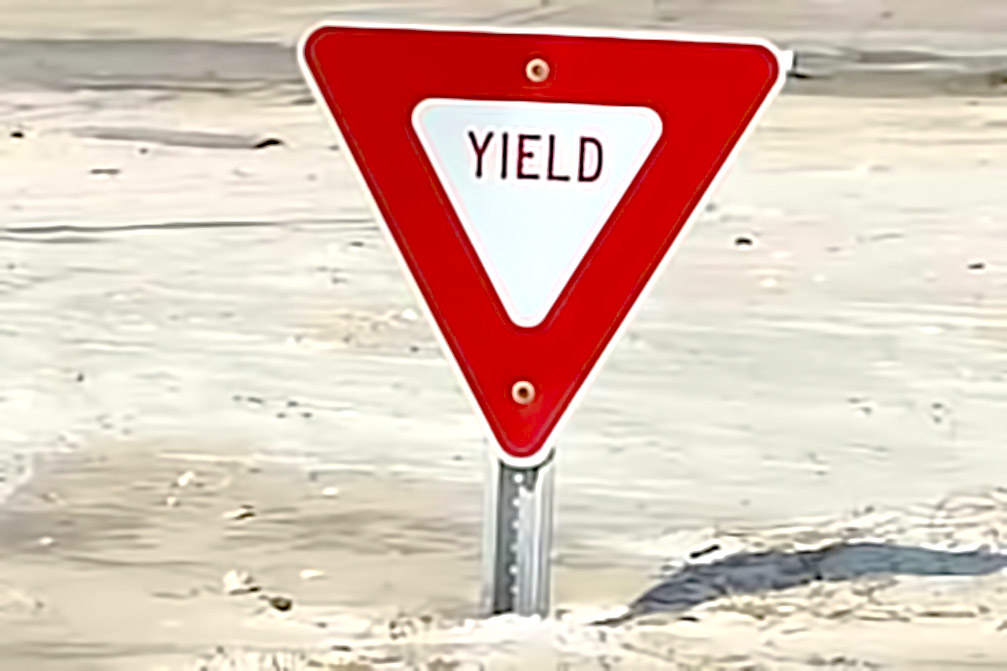by Nick Colas of ConvergEx
(Brick) House Money Investing
Every gambler knows about the “House money effect” – betting more when you are up, since part of your pile of chips comes from winnings rather than initial capital. Recent global stock market volatility means we are essentially in the middle of a huge behavioral finance experiment: how will investors consider their substantial gains over the past 5 years? “House money” is an illusion, after all – a trick of the light. Every dollar of gain or loss has the same value. After 5+ years of outsized gains, however, will investors sit tight through increased volatility, reasoning that “House money” gives them a buffer to accept lower prices for a while? Or will they prove truly rational and reduce equity exposure if we see further market churn? The answer may well lie in the speed and magnitude of any further declines. August may not be the cruelest month, but it may well prove the toughest one of the year for long term investors.
When I started on Wall Street in the 1980s, the Securities and Exchange Commission frowned upon comparing the stock market to gambling. As an analyst writing a research report, your compliance supervisors would edit out any allusion - no matter how metaphorical - to “Rolling the dice”, “putting it all on black”, “doubling down” or any other reference to games of chance. Investing was supposed to be a rational discipline, with positive expected returns over time. Gambling, where the “House always wins”, was an unwelcomed comparison.
What a difference a few decades can make to our understanding of capital markets, for now commentators, academics and even central bankers routinely use the language of gambling to interpret investor behavior. The relatively new study of behavioral finance appreciates that human beings calculate risk and return through the lens of their personal histories and emotional biases. That’s as true at the gaming tables of Monaco or Macau as it is on the corner of Main and Wall Streets. And don’t think for a minute that the rise of quantitative investing has made capital markets more rational or dampened the effect of “Fight or flight” responses to volatility. Humans still write the code, and their DNA – emotions and all – intertwines with the mathematical precision of programmatic trading like one strand of a double helix.
Consider, for example, the concept of “House money”. If you’ve ever had the good fortune to be on the winning side of a few turns with Lady Luck, you know that your decision-making changes as the stack of chips in front of you grows. Wager $100 and win $100, and that second Benjamin feels different from the first. From that point, losing $50 doesn’t feel as bad as if you had lost $50 right off the bat. That makes no rational sense, of course. Both outcomes are negative, and both cost you $50. But the $50 that comes from your winnings is “House money”, and chances are you consider it less seriously than the cash you brought with you to the casino.
The Federal Reserve Bank of Atlanta published a very useful paper on the topic of capital markets and “House money” back in 2003 (see link at the end of this note). The authors both summarized the concept and ran a simple experiment to show how it related to capital markets pricing. Here is a brief summary of their paper:
- The intellectual anchor for much of behavioral finance is something called “Prospect Theory”, an idea first developed be Amos Tversky and Daniel Kahneman. Contrary to classical financial models, they posited that humans do not evaluate gains and losses along the lines to expected returns. Rather, we consider losses as more psychologically painful than gains prove beneficial.
An easy example of Prospect Theory: would you rather have a certain $1 million or flip a coin for $5 million/nothing? You should choose the coin toss – the expected value is $2.5 million, well ahead of the $1 million. But the thought of losing out on the sure thing weighs heavily on your mind. What if you lose the toss? How much regret would you experience? So you chose the “Suboptimal” choice, grab the million and feel good about it.
Daniel Kahneman won the Nobel Prize for Prospect Theory in 2002.
- Prospect Theory opened the floodgates to reconsider other aspects of financial theory. In 1990 researchers Richard Thaler and Eric Johnson published a paper that outlined the “House money effect”. Their work showed that “Prior outcomes influence real monetary decisions”. Initial losses create risk aversion, while prior gains spur individuals to take greater risks.
- Atlanta Fed researchers Ackert, Charupat, Church and Deaves looked at the effect in the context of price setting in capital markets. They ran experiments where subjects received varying amounts of cash and then bid on fictitious stocks in a market-based game. Sure enough, when the subjects were given more cash up front (the “House’s money”) they bid more aggressively.
So how much “House money” are market participants playing with at the moment? The answer, by pretty much any measure, is “A lot”. We’ve had years of gains in U.S. stocks ever since the March 2009 lows for the S&P 500 of 666. Over the past five years the S&P is up by 95%, the NASDAQ by 120%, and the Russell 2000 by 99%. Until recently, those returns came with little in the way of volatility, meaning that investors did not need much fortitude to earn them. Not only are these returns “House money”, but “easy money” as well.
With the price action last week, we seem to be entering a new phase for capital markets. The 4% GDP print, hawkish commentary from parts of the Federal Reserve, and worries over equity valuations all conspire to force a general re-think of appropriate equity allocations and sector weightings. Those considerations aren’t going away any time soon, and nor is the continued slow burn of geopolitical concerns from the Ukraine to the Fertile Crescent. Volatility may have well seen the lows for this capital markets/business cycle. The world likely only gets more complex from here – no more easy money, anyway.
At least one key question is a simple one: “How will investors respond to the recent volatility?” If the concept of “House money” is valid, they may well sit tight for a while. Even after last week’s sell off, after all, the S&P 500 is still up 12.6% over the last year. The star-crossed Russell 2000 is still 5.3% higher over the same period even though it is 4.1% lower in 2014. The five year numbers are, of course, still pretty fantastic, giving those investors with a long enough memory a lot of psychic “House money” in the memory bank.
Unfortunately, there isn’t much work out there on exactly how much “House money” gamblers or investors are willing to lose before they know to walk away (or run). Fans of technical analysis know their Fibonacci retracement levels by heart – 24%, 38%, 50%, 62% and 100%. Those are the moves that signal the evaporation of house money confidence as investors sell into a declining market. There isn’t much statistical analysis that any of those percentage moves actually mean anything, but enough traders use these signposts that it makes them a useful construct nonetheless.
The only other guideposts I can think of relate to the magnitude of any near term market decline. One 5% down day is likely more damaging to investor confidence than a drip-drip-drip decline of 5% over a month or two. The old adage “Selling begets selling” feels true enough in markets with a lot of “House money” on the line. After all, you don’t want to have to walk home from the casino after arriving in a new Rolls-Royce.
Sources:
http://www.frbatlanta.org/filelegacydocs/wp0313.pdf
http://papers.ssrn.com/sol3/papers.cfm?abstract_id=1424076













